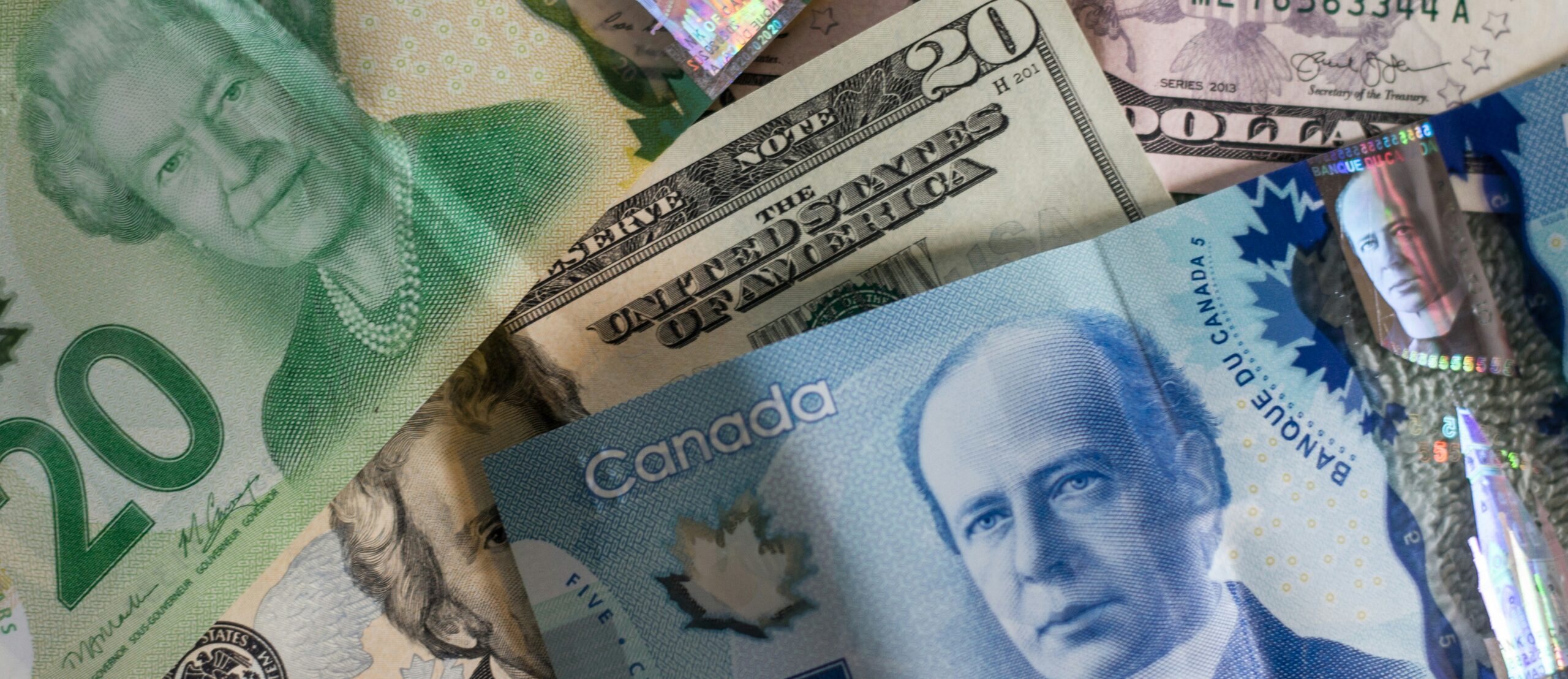Canadian Dollar Update – Canadian dollar feeling some pressure
- China and US talk about lowering some tariffs on some goods.
- Canada Retail Sales -Ex autos forecast -0.4% (previously 0.2% m/m)
- US dollar catches a bid-JPY underperforms.
USDCAD: open 1.3891, overnight range 1.3845-1.3893, close 1.3857, WTI 62.43, Gold 3292.57
The Canadian dollar dropped in the wake of fresh US dollar demand vs the G-10 currencies and Trump’s latest comments about Canada being the 51st state may have played a role. Nevertheless, the Canadian dollar story is the Trump tariff story and that is what is driving prices.
Canada headline and ex-autos Retail Sales are forecast to fall 0.4% m/m in February, but the results should not have any impact on trading as they pre-date tariff announcements.
WTI oil traded in a 61.82-63.35 range and prices are back to the level where they started the week. Hopes that an improved tariff outlook would spur demand supported prices, but gains were capped on reports that Russia has stepped up drilling.
Trump softened his tone on China tariffs, suggesting he might lower some import duties, which may have prompted a similar response from Chinese authorities. Trump also claimed that trade talks with China were ongoing, although Beijing denied any such discussions.
Global equities rallied overnight as optimism swept through markets. It was a textbook relief rally, helped along by Alphabet reporting stronger-than-expected Q1 earnings and the easing of U.S.–China trade tensions. Australian and New Zealand markets were closed for holidays, leaving Japan’s Topix to lead the Asian rally with a 1.37% gain. Hong Kong’s Hang Seng Index added 0.32%.
European markets followed Asia higher. The French CAC 40 is up 0.60%, Germany’s DAX gained 0.52%, while the UK FTSE 100 is flat. S&P 500 futures are ahead by 0.19%. The U.S. 10-year Treasury yield is sitting at 4.30%, gold (XAUUSD) has dropped to 3300.25 as safe-haven trades unwind, and the VIX index slid to 26.38, its lowest point of the week.
EURUSD traded 1.1315–1.1395 range, bottomed out in Asia, and drifted sideways into the New York open. Improved risk sentiment from the tariff story triggered profit-taking, knocking the single currency lower and leaving it close to where it started the week. ECB policymakers hinted at further rate cuts if June projections show inflation falling below the 2% target.
GBPUSD bounced in a 1.3274–1.3344 range, mirroring EURUSD moves but finding support after UK March Retail Sales rose 2.6% y/y, outperforming the 1.8% forecast and February’s 2.2% result. Analysts suggested the increase was helped by favorable weather.
USDJPY retreated in a 142.59–143.85 range, rising as risk appetite improved and safe-haven yen trades were unwound. Gains were tempered by Tokyo CPI, which rose 3.4% y/y compared to the 3.2% forecast, keeping the possibility of a BoJ rate hike on the table.
AUDUSD traded in a 0.6375–0.6420 range, rallying in Asia before reversing lower into the New York open. Trading volumes were light as Australian and New Zealand markets remained closed for public holidays.
US Michigan Consumer Expectations are expected to be unchanged at 47.2









